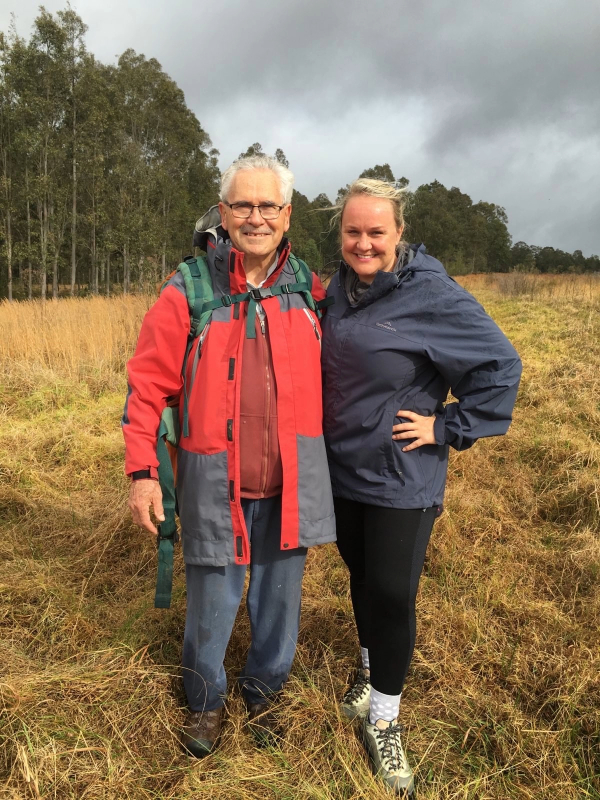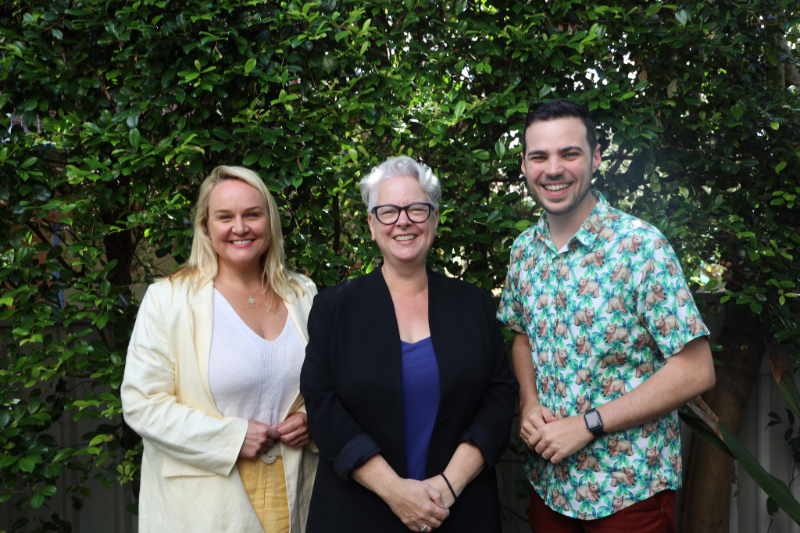As Russia intensifies its brutal attacks on the people of Ukraine, the Albanese Government will provide a further $31 million of assistance to help meet Ukraine’s energy and humanitarian needs.
Australia is unwavering in our support for Ukraine’s sovereignty and territorial integrity and is providing more than $1 billion in total assistance, including $880 million in military support.
The new contribution includes $20 million to the Ukraine Energy Support Fund, which will allow funds to be used efficiently and effectively to provide heat and electricity for Ukrainians.
The Ukraine Energy Support Fund was jointly established by the European Commission and Ukraine’s Ministry of Energy. The Fund coordinates international donations, and in partnership with Ukraine’s Government, ensures contributions meet Ukraine’s highest priority energy needs.
Australia also recognises the need for life-saving assistance, and support for vulnerable populations including women, children, older people, and people with disabilities.
Australia will provide $10 million of emergency humanitarian funding to the United Nations Office for Coordination of Humanitarian Affairs to increase access to essentials such as water, food and shelter.
To improve services for persons with disabilities in Ukraine, including those needing rehabilitation from war injuries, Australia will provide $1 million to the United Nations Partnership on the Rights of Persons with Disabilities.
Australia continues to impose costs on Russia and demand an end to its illegal and senseless war.
Foreign Minister Penny Wong:
“The Albanese Government is unwavering in our support for Ukraine’s sovereignty and territorial integrity.
“Australia’s $20 million contribution to the Ukraine Energy Support Fund will be used meet the highest priority energy needs and support the Ukrainian people.
“As Russia intensifies its brutal attacks on the people of Ukraine, we also recognise the need for life-saving humanitarian assistance.”
Minister for International Development Pat Conroy:
“The Ukrainian people have displayed extraordinary strength and courage as they defend their territory and sovereignty.
“We are proud to stand in solidarity with the people of Ukraine and provide further support in face of Russia’s deplorable aggression.
“The Australian Government remains steadfast in its commitment to supporting the people of Ukraine and contributing alongside partner nations so that Ukraine can end this conflict on its terms.”

 Lord Mayor Nuatali Nelmes and her father, former Deputy Lord Mayor Paul Scobie, exploring the Black Hill site in 2016.”I visited this site in 2016 with my father, a forthright environmentalist and former Councillor, and was amazed by the rich diversity of its flora and fauna.
Lord Mayor Nuatali Nelmes and her father, former Deputy Lord Mayor Paul Scobie, exploring the Black Hill site in 2016.”I visited this site in 2016 with my father, a forthright environmentalist and former Councillor, and was amazed by the rich diversity of its flora and fauna. Lord Mayor Nuatali Nelmes Minister Penny Sharpe and Deputy Lord Mayor Declan Clausen.NSW Environment Minister, Penny Sharpe, said it’s a fantastic result to see this area come under permanent protection.
Lord Mayor Nuatali Nelmes Minister Penny Sharpe and Deputy Lord Mayor Declan Clausen.NSW Environment Minister, Penny Sharpe, said it’s a fantastic result to see this area come under permanent protection.